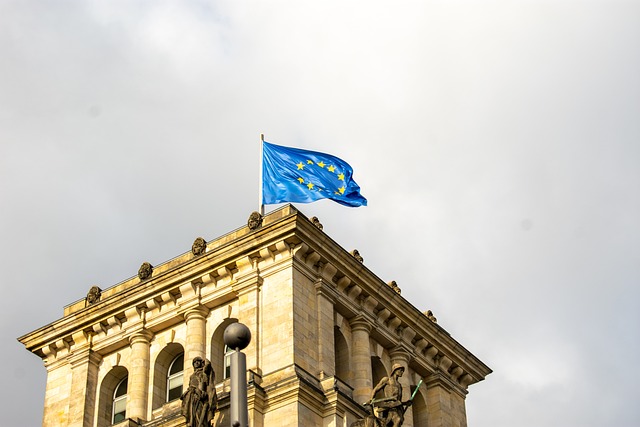The landscape of migration and social inclusion within the European Commission (EU) is shifting. As new regulatory frameworks take shape and the public debate evolves, the challenge of ensuring that migrants not only arrive but also belong continues to test policy-makers, local communities and civil society.
We explore how the EU is redefining integration in this changing environment, from policy advances to lived realities, and what this means for a Europe that aspires to be inclusive.
The Framework: Policy and Institutional Momentum
Over recent years, the EU has strengthened its role in supporting migrant integration. The Action Plan on Integration and Inclusion 2021 2027 provides the strategic backbone for this effort, with key actions focused on education, employment, housing and health.
Moreover, the adoption of the Pact on Migration and Asylum sets out a common migration and asylum management framework — with operational details to be rolled out by mid- 2026.
Important aspects include:
- The development of national strategies by Member States, which will integrate the new Pact’s instruments and link with integration policy.
- The EU’s increasing emphasis on integration as a two-way process, recognising that migrants must take steps to integrate, and host societies must create inclusive conditions.
- Monitoring and data-collection improvements: the integration policy includes support for evidence-based action, better data and tracking of outcomes across territories.
Emerging Challenges and How They Shape Integration
Even as frameworks are in place, several challenges are shaping how integration unfolds across the EU:
Changing Migration Patterns
While overall irregular arrivals into the EU have reportedly dropped in recent years, the pathways, origins and profiles of migrants continue to evolve — posing adaptation challenges for integration systems.
Political and Societal Pressure
In several Member States, political leadership has explicitly flagged integration as an urgent issue. For example, in Sweden, Prime Minister Ulf Kristersson stated that there is “a problem” with integration and proposed large-scale incentives for voluntary return.
Such statements highlight the dual dynamic: while integration is a core EU objective, it is also contested in national and local politics.
Labour-Market and Skills Mismatches
The employment and skills dimension of integration remains one of the more difficult to address. The 2021-2027 action plan emphasises faster assessment of migrants’ skills, better support for up-skilling, and vocational training.
However, gaps persist: language barriers, recognition of non-formal learning and local labour market conditions continue to slow full inclusion.
Local-Level Implementation
Integration works where local actors participate — municipalities, NGOs, employers and migrants themselves. The action plan foresees multi-stakeholder partnerships, but delivery depends on context-specific capacities.
What Integration Looks Like on The Ground: Good Practices and Priorities
As integration policy shifts from planning toward action, several priority areas stand out for bloggers, practitioners and civil society alike.
Priority Areas for Inclusive Action
Here are key focus areas:
- Language and cultural orientation: Ensuring migrants acquire the language and cultural knowledge to participate in society.
- Employment & entrepreneurship: Facilitating access to jobs, validating skills, supporting migrants to start businesses.
- Social housing & health access: Enabling newcomers to live in stable housing, access healthcare and participate in community life.
- Building welcoming communities: Promoting positive host-migrant relations, combating discrimination and fostering two-way engagement.
- Evidence and evaluation: Strengthening monitoring systems, gathering data on outcomes, adjusting policies based on evidence.
Spotlights on Innovation
Several promising developments are shaping integration efforts across Europe. The launch of the European Union Agency for Fundamental Rights’ (FRA) Migrant Integration Policy Index (MIPEX) 2025 provides fresh, comparative data on how EU countries are performing in key areas such as employment, education, and anti-discrimination. This evidence helps policymakers track real progress and refine their strategies.
Meanwhile, “one-stop-shop” integration centres are expanding across EU cities, offering language courses, legal support, and job assistance in one place. These centres simplify access to essential services and have proven effective in helping newcomers settle and participate in their communities.
Finally, migrant entrepreneurship is gaining attention as a driver of inclusion. Across Europe, migrants are starting businesses and social enterprises that strengthen local economies and build community connections—showing how integration can be both social and economic in nature.
Conclusion
The EU stands at a moment of transition: integration is no longer only about “managing” migration, but about actively shaping how newcomers and host societies grow together.
With strategic frameworks in place, the task is now to translate policy into meaningful on-the-ground inclusion. That means supporting migrants to become active participants, ensuring labour market access, building welcoming communities and continuously learning from evidence.

